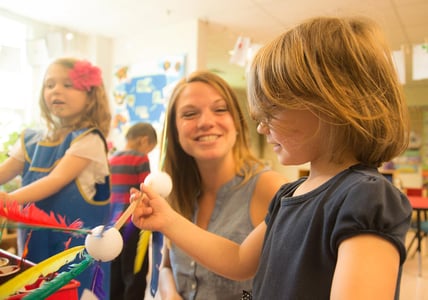
DEAR MISS MATTERS:
I know that one aspect of Teacher Sensitivity encompasses how effectively the teacher addresses problems. How should I assess Teacher Sensitivity if there are no problems to address in the classroom?
GENTLE READER:
How funny to think that a lack of problems could be problematic!
Remember that you may not see many problems in classrooms with highly sensitive teachers because they are so in tune with their students that they are able to anticipate problems that may arise and take measures to prevent them from occurring. However, Miss Matters knows as well as you that problems will inevitably occur, and when they do, sensitive teachers are quick on their feet to resolve them.
On the other hand, regardless of the teacher’s level of sensitivity, problems surely won’t occur in every 20-minute cycle. When there are no major problems to address, sensitive teachers are consistently on the lookout for minor issues or signs of student need. A teacher may provide a pencil to a student who doesn’t have one, tie a child’s shoe when he has difficulty, answer a quick question to clarify an assignment, or move a child to a different spot on the carpet to make sure she can see the book being read, just to name a few examples.
Happy coding!
